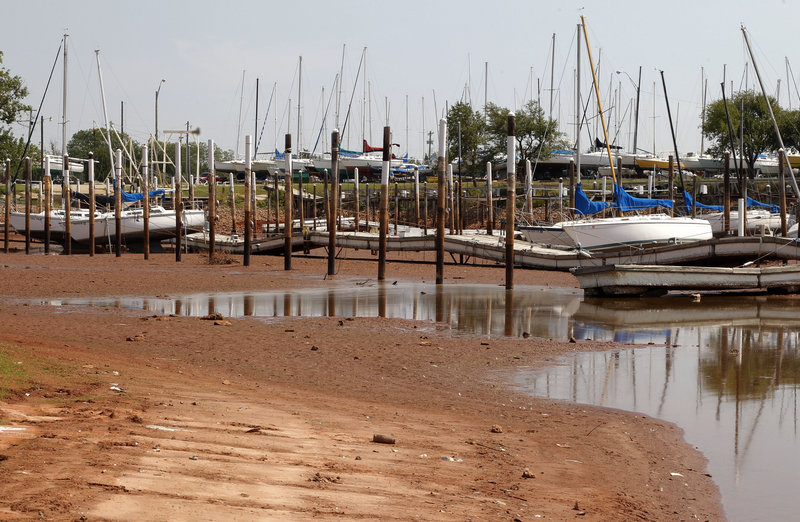WASHINGTON – The effects of climate change driven by human activity are spreading through the United States faster than has been predicted, increasingly threatening infrastructure, water supplies, crops and shorelines, according to a review of climate science and its effects by a federal advisory committee.
The draft Third National Climate Assessment, issued every four years, delivers a bracing picture of environmental changes and natural disasters that mounting scientific evidence indicates is fostered by climate change: heavier rains in the Northeast, Midwest and Plains states that have overwhelmed storm drains and led to flooding and erosion; sea level rise that has battered coastal communities; drought that has turned much of the West into a tinderbox.
“Climate change, once considered an issue for a distant future, has moved firmly into the present,” the report says. “Americans are noticing changes all around them. Summers are longer and hotter, and periods of extreme heat last longer than any living American has ever experienced. Winters are generally shorter and warmer.”
Written by 240 scientists, business leaders and other experts, the draft Climate Assessment arrives days after the National Oceanic and Atmospheric Administration issued its annual State of the Climate Report, which noted that 2012 was the hottest year on record. Together, the two major reports and a year of drought, wildfires, floods and freak storms have teed up for President Obama the chance to take substantial steps on climate change, environmentalists said.
The report explicitly addresses the most controversial question in climate change, saying that consumption of fossil fuels by humans is the main driver of climate change.
“The findings in the report are a three-alarm fire,” said Rep. Henry A. Waxman, D-Calif. “Climate change is already causing widespread disruption across the nation. We are in deep trouble if we don’t act forcefully this year.”
But with the White House working on so many economic, foreign and domestic policy fronts, it remains unclear if the president will use the scientists’ findings and the empirical evidence to speak up more on climate, let alone spearhead new initiatives.
During Obama’s first term, his administration implemented several key regulations to curtail substantially emissions of carbon dioxide and otherwise greenhouse gases that scientists say have stoked climate change. But he seldom spoke of climate change and did not try to rally the American people to a broader consideration of ways to mitigate and adapt to such a fundamental shift.
The White House declined to comment on the Climate Assessment report because it had not had a chance to review it. It also would not comment on specific efforts Obama might make to address climate change.
The National Assessment report, which first came out in 2000 but went on hiatus during the Bush administration, does not offer policy proposals to reduce greenhouse gas emissions or to help specific communities adapt to climate change. Instead, it details the risks they face.
The Southwest, including California, produces more than half of the country’s “high-value specialty” crops that are highly dependent on irrigation. But a projected decline in snowpack and streamflow and increased competition for the water could threaten California’s agricultural communities. Higher temperatures could disrupt regional electricity grids and create public health emergencies in Southwestern cities, where 90 percent of the region’s population lives.
Send questions/comments to the editors.



Success. Please wait for the page to reload. If the page does not reload within 5 seconds, please refresh the page.
Enter your email and password to access comments.
Hi, to comment on stories you must . This profile is in addition to your subscription and website login.
Already have a commenting profile? .
Invalid username/password.
Please check your email to confirm and complete your registration.
Only subscribers are eligible to post comments. Please subscribe or login first for digital access. Here’s why.
Use the form below to reset your password. When you've submitted your account email, we will send an email with a reset code.